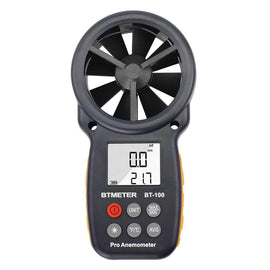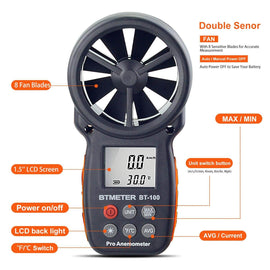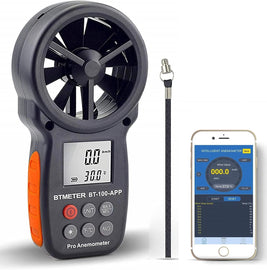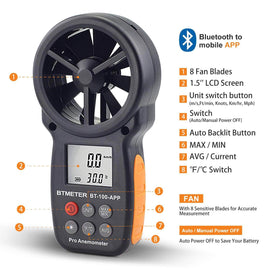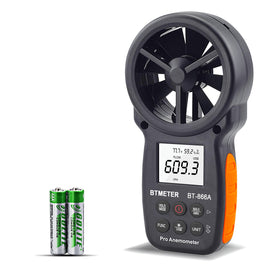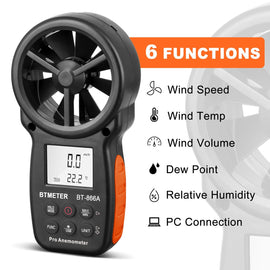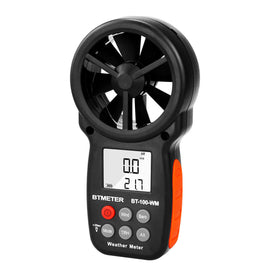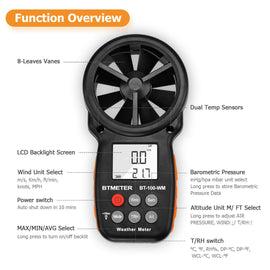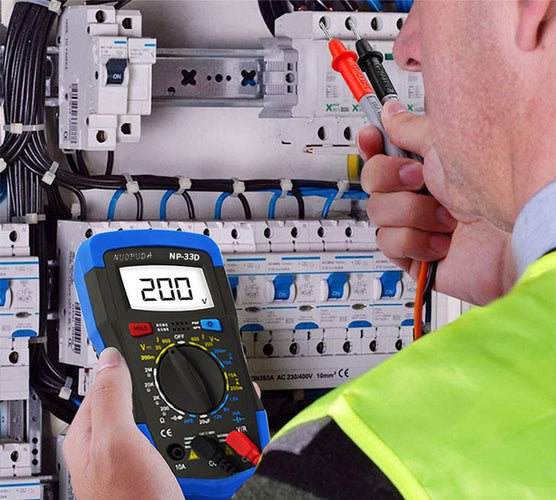1. Disconnect the power and make sure the circuit is in a safe condition
Before starting the multimeter, make sure that the power to the target circuit is completely off and that all switches associated with the circuit are also off. It is also important to ensure that the circuit is completely disconnected to prevent any current from flowing through your test equipment or body, thus avoiding the potential risk of electric shock.
2. Correct selection of the measuring range
When carrying out voltage, current, or resistance measurement operations, the correct choice of measurement range is particularly critical. If you select a measurement range that is too low, you may overload the multimeter and damage the equipment. On the other hand, if the measurement range is selected too high, the measurement results may be inaccurate. To ensure the safety of the measurement process and the accuracy of the results, it is recommended that you always select a measurement range that is slightly higher than the expected value, which protects the instrument and ensures more accurate measurement data.
3. Avoid measuring energized circuits as much as possible
When performing voltage and current measurements, charged measurements are unavoidable since these parameters usually need to be obtained with the circuit energized. However, when measuring components such as resistance and capacitance, in order to ensure the accuracy of the measurement results, it is best to avoid making measurements while the circuit is energized or in-line, and instead remove them from the circuit before proceeding. This is because other components and loops in the circuit may interfere with the measurement results. In addition, when measuring circuits that exceed safe voltages, we must take extra care to follow proper safety procedures to prevent dangerous events such as electrocution.
4. Correct connection of the test pen
When connecting the test pen, make sure that the test pen is accurately connected to the measurement port of the multimeter and that the connection is stable and not loose. If the test pen is connected incorrectly, it may cause inaccurate measurement results or even damage to the measuring instrument. Therefore, please be sure to operate with caution.
5. Avoid touching conductive parts
When carrying out measurement operations, care must be taken never to come into direct contact with any potentially electrically conductive part, especially when the circuit is energized. Even if the circuit is disconnected, extreme care should be taken to minimize the risk of contact with conductive parts.
6. Exercise caution when using a multimeter
Always exercise a high degree of vigilance and caution when using the multimeter. Always take care not to connect the test pens incorrectly to parts of the circuitry that should not be touched in order to avoid danger. Also avoid placing the multimeter on damaged or unstable surfaces to prevent the instrument from being damaged or tipped over. When using the multimeter, be sure to give it your full attention and avoid any distractions that could lead to mishandling to prevent accidents.
7. Timely repair or replacement of damaged equipment
If you notice any signs of damage or abnormal operation of the multimeter, stop using it immediately and arrange for repair or replacement of the damaged equipment as soon as possible. Do not continue to use an instrument that you know is defective to ensure your personal safety and the stability of your work environment.
By following these key tips, you can effectively minimize the safety risks you may encounter when learning multimeter usage techniques and ensure your safety at work. Remembering to put safety first and always exercising caution will ensure that you are always safe when working with multimeters.

